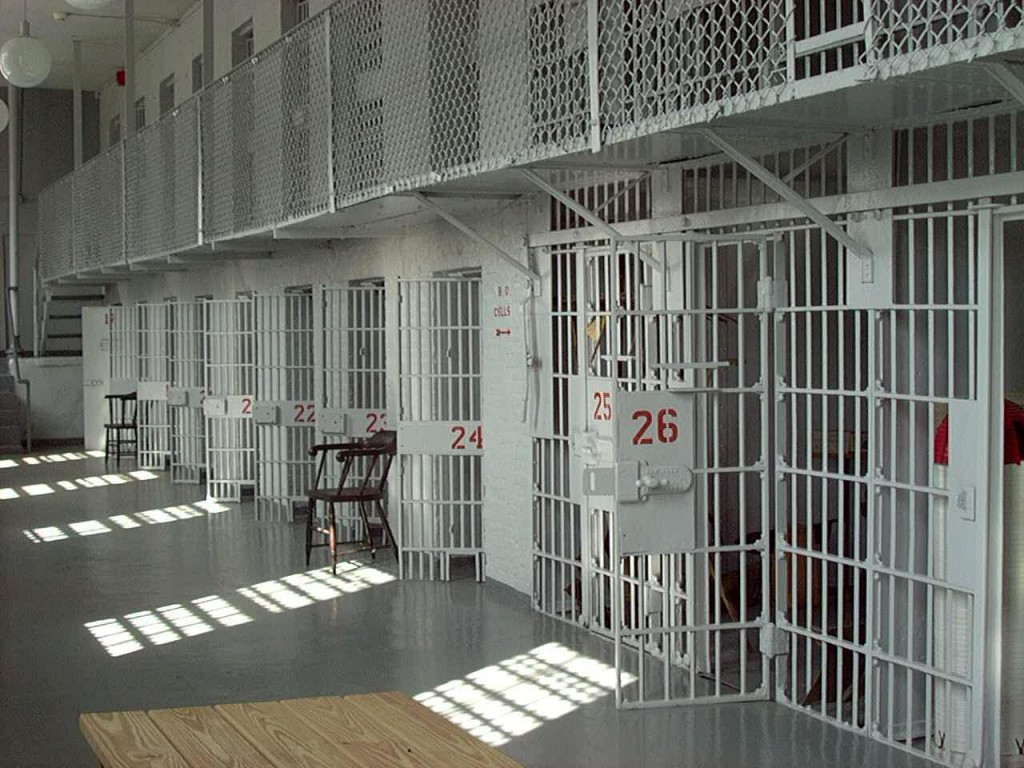
6 x 8 prison cells. Image borrowed from: http://loopylettuce.wordpress.com/2010/11/16/mandatory-minimums-and-harpers-corporate-prison-plan/
“The syndic himself comes to lock the door of each house from the outside; he takes the key with him and hands it over to the intendant of the quarter; the intendant keeps it until the end of the quarantine” – Michel Foucault in Discipline and Punish: The Birth of the Prison (1975/1995, p. 195)
Before Foucault introduces the structure of Jeremy Bentham’s Panopticon, he describes the hierarchical relationship between the authoritative roles of the guards, syndics, and the intendants, as they strategically contain the sick in the plague-stricken town. Since these figures are deployed by the state, each position has with it a certain degree of authority that is distinguished by signs of officiality.
While individuals are enclosed in their homes, they are kept under strict surveillance by the guards, who are there to enforce order and ensure full containment. As official registration is needed, such as head counts, documentation of attendance, and prognosis of the sick, the guards are there to report any suspicious activity to the syndics, who are entrusted with responsibilities like holding the keys and writing official reports. The syndics then take their analysis to the intendants, who are in charge of the quarters and overlook the syndics and guards. As Foucault suggests: “This surveillance is based on a system of permanent registration: reports from the syndics to the intendants, from the intendants to the magistrates or mayor” (1975/1995, p. 196). This highly effective system of enclosure and surveillance is what Foucault considers “a compact model of the disciplinary mechanism” (p. 197).
While Foucault does not explicitly state it, perhaps due to the obvious parallels, the roles of the guards, syndics, intendants, and mayor are the same as the modern prison hierarchy of ranks with the Correctional Officer, the Correctional Captain, the prison Warden, and the Commissioner or Mayor. Each position holds a certain amount of authoritative power and each position has specific duties and responsibilities to maintain order and ensure full containment with prisoners.
Like the plague-stricken town where the syndics lock the sick in their homes and report their activity to the intendant, correctional officers share the same responsibility as they report prisoner activity to prison wardens. The plague-stricken streets are no different from the prison corridors, as positions of authority walk up and down the strip to survey those locked up while performing numerous head counts throughout the day.
